
Discover how we champion meaningful Indigenous partnerships while integrating health, safety, and environmental responsibility into our operations. Through diligent quality management and efficient fleet practices, we are committed to excellence and continuous improvement. Our dedication to sustainability and collaboration ensures we achieve positive impacts across all aspects of our business.
| Year | TRIF | LTIFR | NMFR | SR | Training |
|---|---|---|---|---|---|
| 2019 | 1.6 | 0.0 | 0.0 | 0.0 | 92% |
| 2020 | 0.0 | 0.0 | 74.3 | 0.0 | 92% |
| 2021 | 2.5 | 0.0 | 36.9 | 0.0 | 92% |
| 2022 | 0.0 | 0.0 | 22.5 | 0.0 | 92% |
| 2023 | 0.0 | 0.0 | 7.9 | 0.0 | 92% |
Our mission is to disrupt the sectors we operate in by creating a workplace that embraces diversity, accountability, innovation and operational excellence while championing the communities' in which we work and the partnerships we have developed. Through our pursuit of technology and our adherence to safety, quality and execution we strive to deliver cost-effective and timely solutions to the most recognized clients in North America.
For organizations in Canada that are COR (Certificate of Recognition) certified and aiming to ensure a safe working environment, tracking specific safety metrics is crucial. These metrics help in identifying trends, areas for improvement, and the effectiveness of safety programs over time. Here are five key safety statistics (or categories) that are widely recognized and can be used for longitudinal safety studies:
Description: TRIR, also known as TRIF in some contexts, measures the number of recordable incidents per 100 full-time employees per year. This includes work-related injuries or illnesses that result in death, days away from work, restricted work, or transfer to another job, medical treatment beyond first aid, or loss of consciousness. Why It's Important: It provides a standardized measure of safety incidents across different sizes and types of companies.
LTIFR measures the number of lost time injuries (injuries that result in time away from work) per 1 million hours worked. Why It's Important: It specifically focuses on incidents that result in significant downtime, affecting productivity and highlighting severe safety failures.
This tracks the number of near miss incidents per 1 million hours worked. A near miss is an unplanned event that did not result in injury, illness, or damage but had the potential to do so. Why It's Important: Tracking near misses can help identify and correct potentially hazardous conditions before they result in incidents.
The severity rate measures the number of lost days due to work-related injury or illness per 100 full-time employees. Why It's Important: This metric helps assess the impact of workplace injuries on operational efficiency and the overall severity of incidents occurring.
Measures the percentage of employees who have completed mandatory safety training and compliance programs within a set timeframe. Why It's Important: Ensures that all personnel are equipped with the necessary knowledge and skills to perform their jobs safely, which is critical for maintaining a safe work environment and culture.
Lorem ipsum dolor sit amet, consectetur adipisicing elit. Facilis tenetur dolorem in a iusto sint ab expedita, sequi maiores aspernatur pariatur qui ipsum temporibus alias. Animi veritatis pariatur ratione voluptatibus?
| Year | TRIF | LTIFR | NMFR | SR | Training |
|---|---|---|---|---|---|
| 2019 | Data | Data | Data | Data | Data |
| 2020 | Data | Data | Data | Data | Data |
| 2021 | Data | Data | Data | Data | Data |
| 2022 | Data | Data | Data | Data | Data |
| 2023 | Data | Data | Data | Data | Data |
Reporting Key Performance Indicators (KPIs) for ISO 9001:2015 is essential for monitoring the performance and effectiveness of a Quality Management System (QMS). The specific KPIs you choose should be closely aligned with your organization's quality objectives, ensuring they are meaningful, measurable, and directly linked to customer satisfaction and continuous improvement. Here are five major KPIs you might consider for your ISO 9001:2015 QMS reporting:
This KPI measures how satisfied customers are with your products or services. It can be quantified through surveys, feedback forms, and direct customer communications. Why It's Important: Customer satisfaction is a direct indicator of quality and is central to the ISO 9001:2015 focus on enhancing customer satisfaction.
This KPI tracks the number and severity of non-conformances identified in your processes or products and the effectiveness of corrective actions taken. Why It's Important: Monitoring non-conformances helps in identifying areas for improvement, reducing waste, and preventing recurrence, thereby improving overall quality.
Measures the percentage of products or services delivered on time to customers. Why It's Important: On-time delivery is a key indicator of your operational efficiency and reliability, directly affecting customer satisfaction and loyalty.
This KPI assesses the efficiency of critical processes within your organization. It can be measured in various ways, such as throughput time, waste reduction, or cost savings. Why It's Important: Efficient processes reduce costs, increase productivity, and ensure quality is maintained, aligning with the principle of process approach in ISO 9001:2015.
Tracks the effectiveness of training programs and the competence levels of employees in key roles. Why It's Important: Ensuring that employees are properly trained and competent is fundamental to achieving quality objectives and continuous improvement, as stipulated by ISO 9001:2015.
Lorem ipsum dolor sit amet, consectetur adipisicing elit. Facilis tenetur dolorem in a iusto sint ab expedita, sequi maiores aspernatur pariatur qui ipsum temporibus alias. Animi veritatis pariatur ratione voluptatibus?
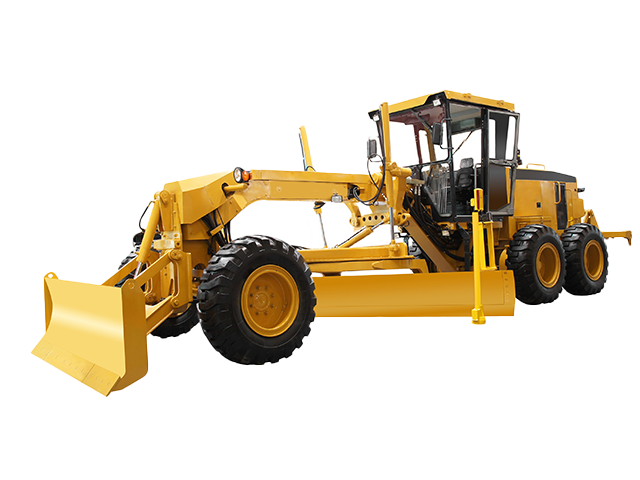

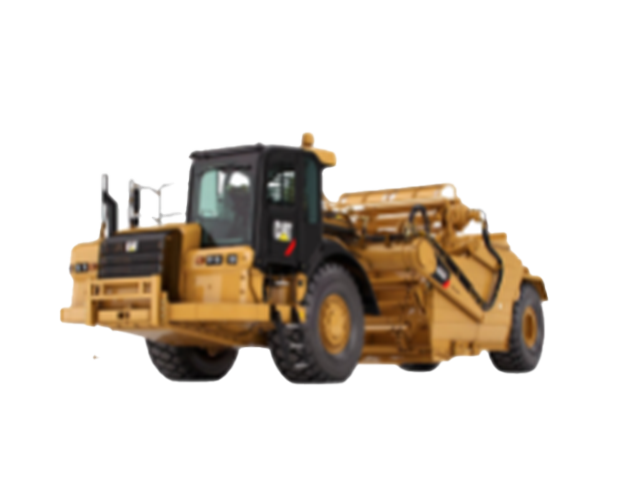
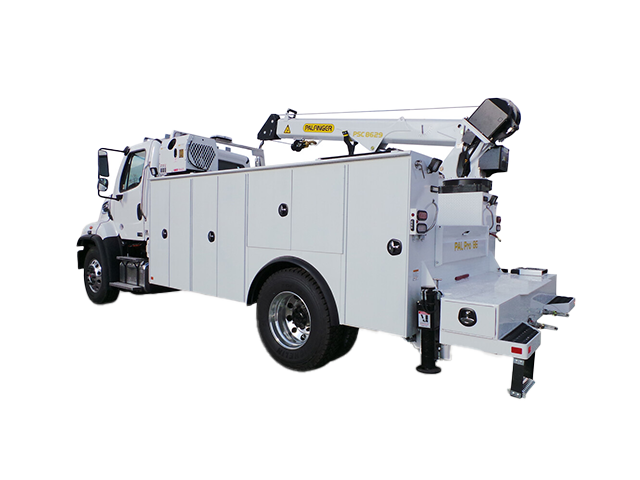
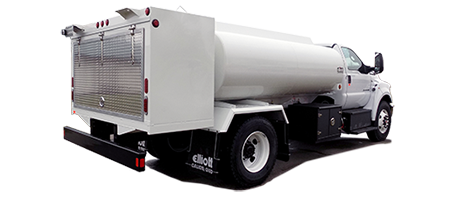
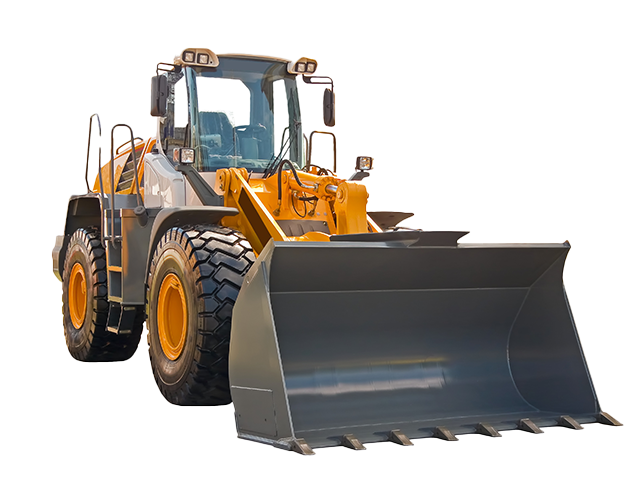
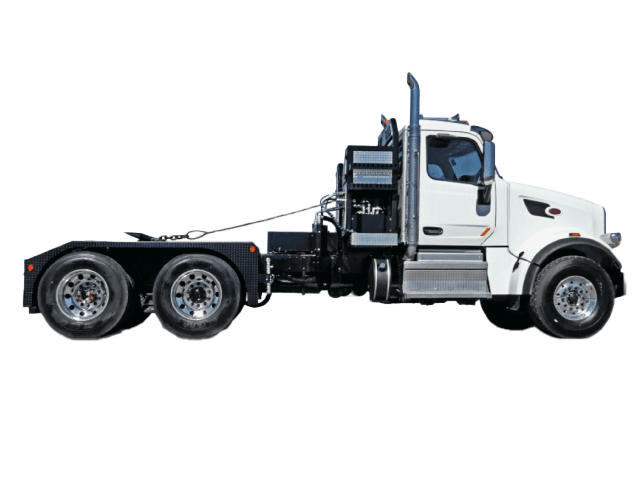
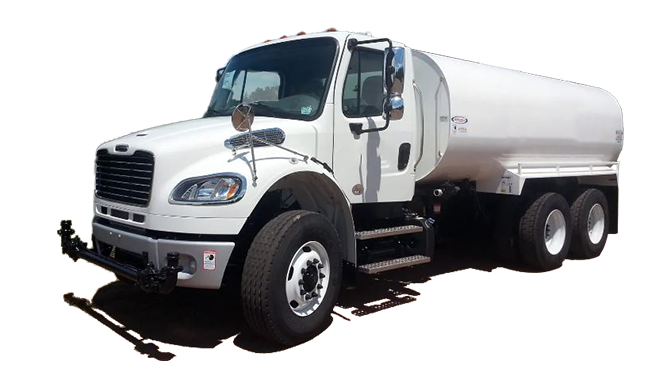
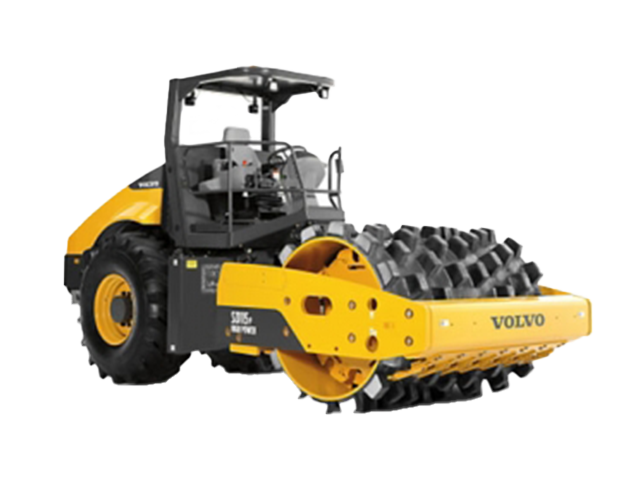
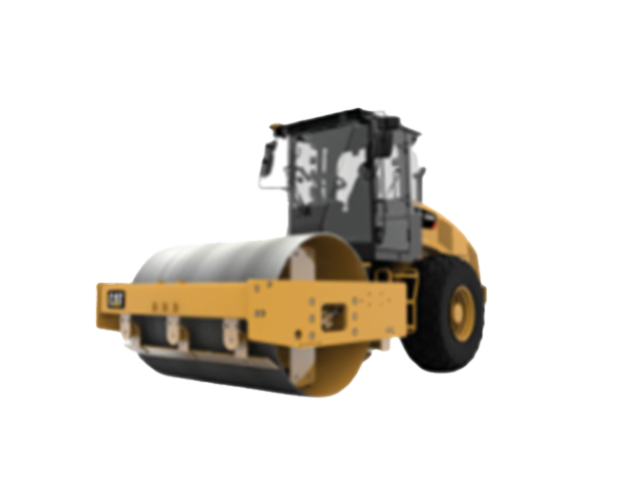
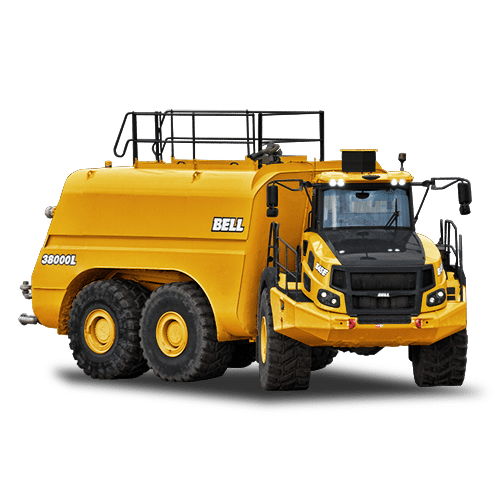
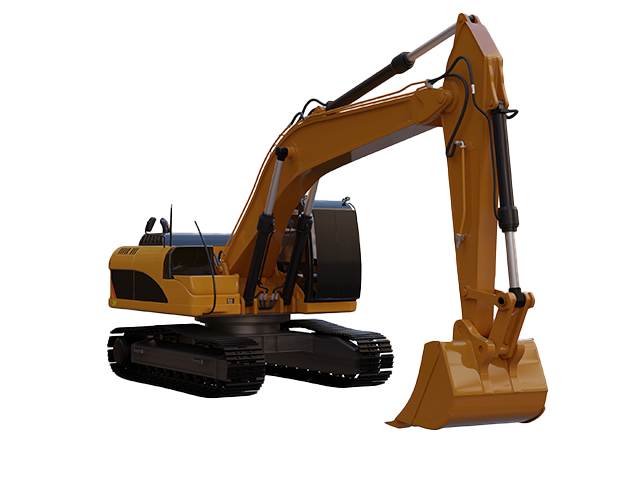
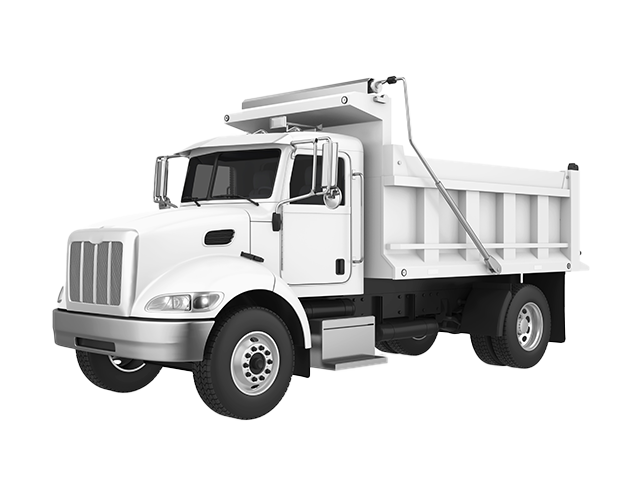
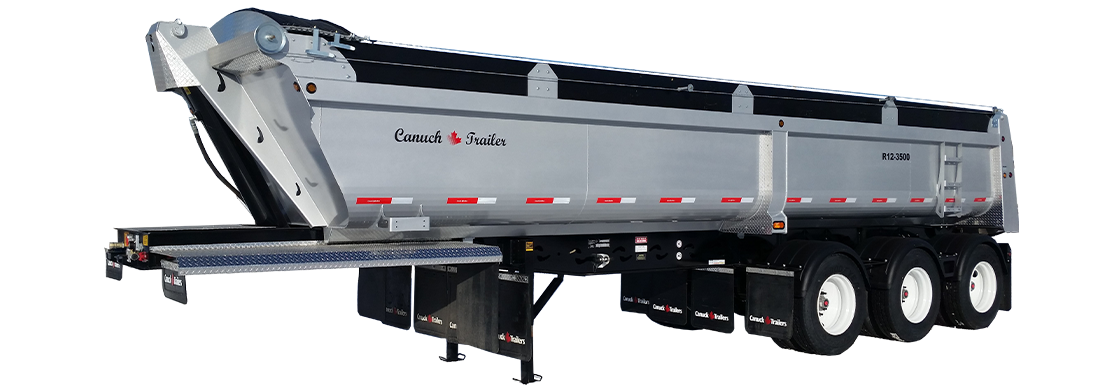


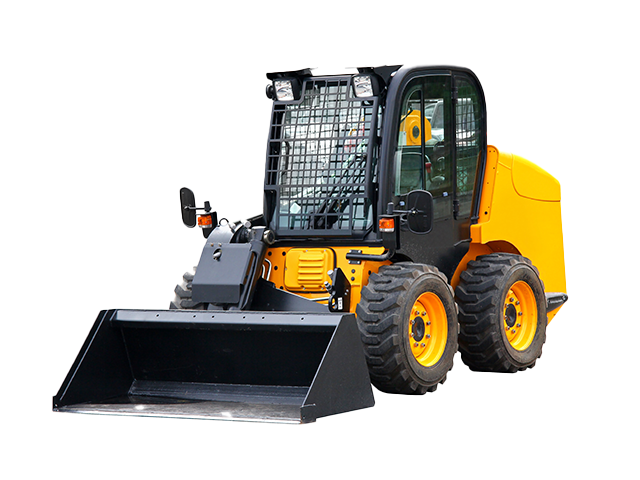
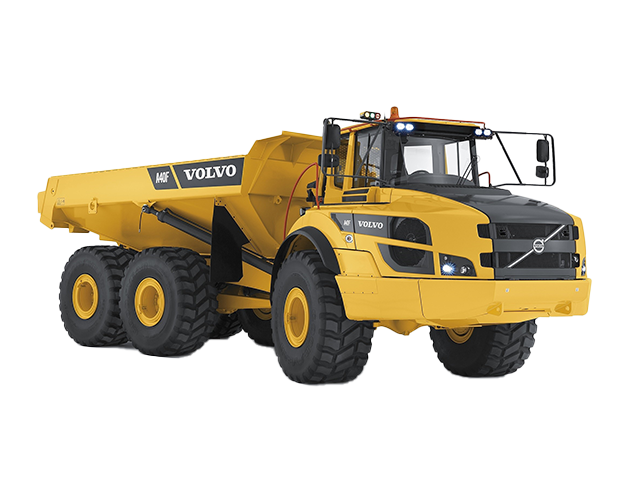
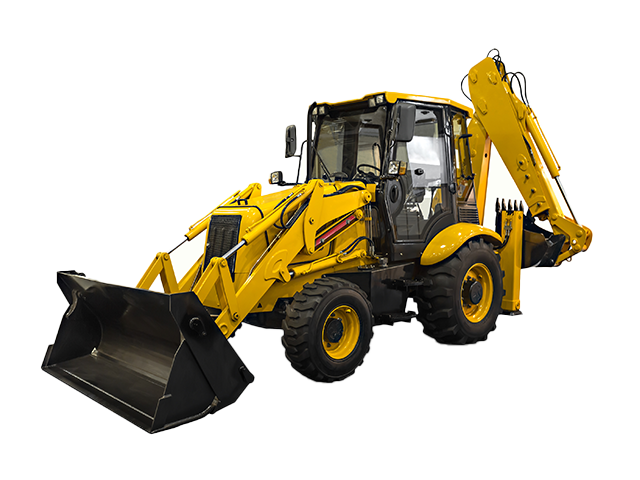
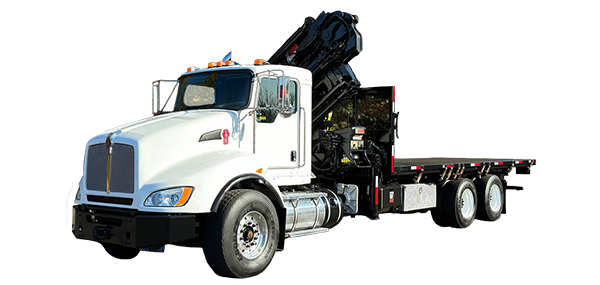
At West, we recognize Indigenous groups as rights holders who have a distinct relationship to the land. We understand that our business activities have the potential to affect these groups in tangible ways. In alignment with West’s corporate values of Safety, Integrity, Responsibility and Collaboration, we engage early and often with potentially affected Indigenous groups to share information, understand their interests, respond to their concerns, identify opportunities and facilitate participation in our projects.
Through collaboration and open communication with Indigenous groups, we strive to earn and maintain their respect and trust. Our principles guide our engagement activities with Indigenous groups:
| first nation partner | description | date formed | Location | |
|---|---|---|---|---|
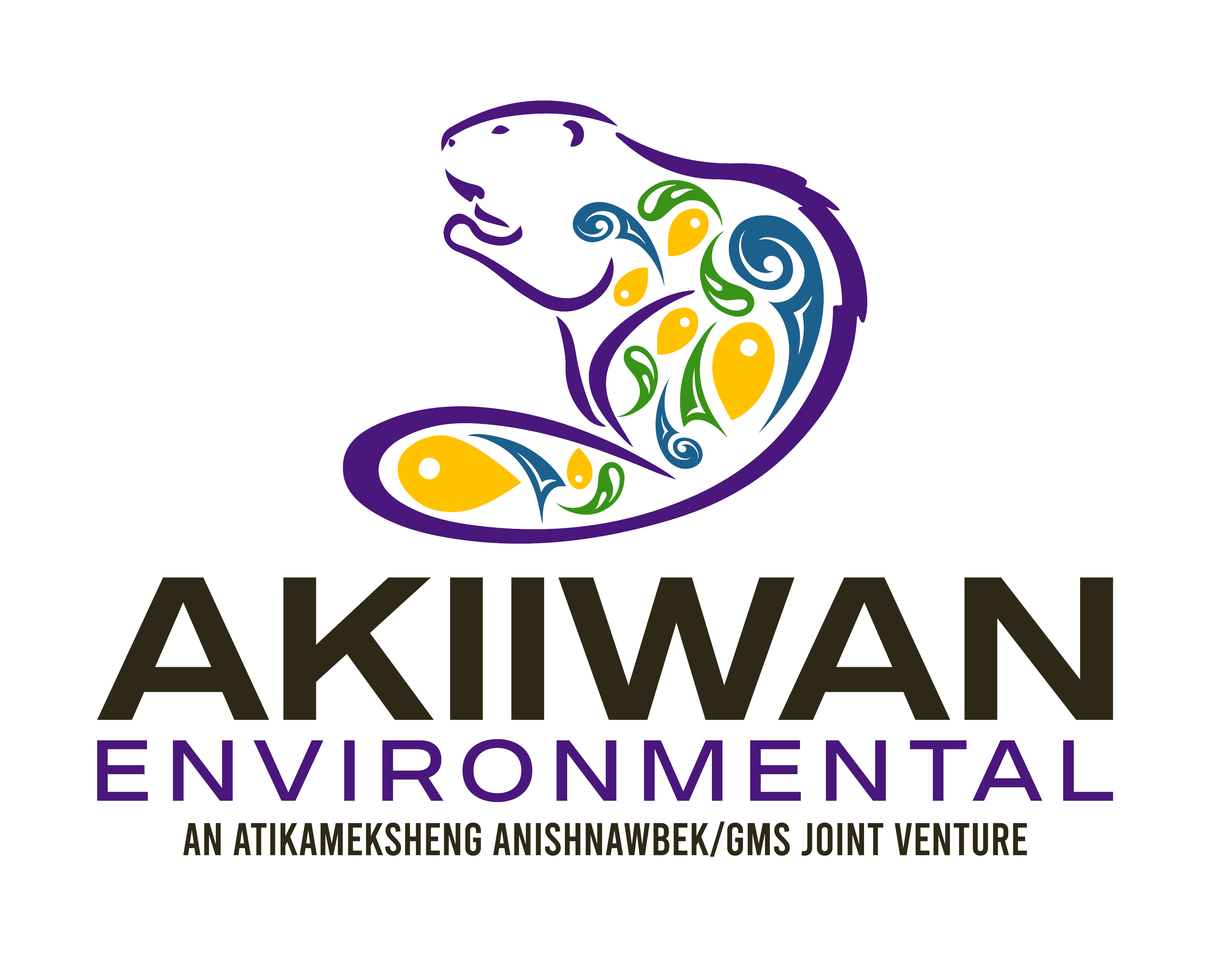
|
Atikameksheng Anishnawbek First Nation | Environmental Consulting business focused on the mining community around Sudbury | March 1, 2024 | Sudbury , Ontario |
Lorem ipsum dolor sit amet, consectetur adipisicing elit. Facilis tenetur dolorem in a iusto sint ab expedita, sequi maiores aspernatur pariatur qui ipsum temporibus alias. Animi veritatis pariatur ratione voluptatibus?

We specialize in delivering innovative, tech-driven solutions for spatial positioning and data analysis. Our team uses advanced tools like UAVs, LiDAR, and 3D modeling to provide clients with efficient and cost-effective alternatives to traditional methods. From aerial and underwater data collection to augmented reality insights, we transform complex information into actionable solutions.

Our remote sensing services leverage satellite and aerial imagery to deliver precise data analysis for industries such as pipeline, construction, and real estate. Using advanced technologies like geospatial data integration, bathymetric surveys, and 3D modeling, we provide tailored insights that help clients address environmental challenges and make informed, cost-effective decisions. These solutions enhance project outcomes by offering detailed, actionable information.

EnviroTEK is a pioneering collaboration that merges Indigenous Traditional Ecological Knowledge (TEK) with advanced ESRI technology, creating an Environmental Digital Twin (DT) designed for sustainable land stewardship. This project combines cultural wisdom and modern environmental monitoring to support ecological health, biodiversity, and data-informed decisions. As a model for responsible land management, EnviroTEK shows how traditional knowledge and innovation can harmonize to protect natural landscapes for future generations.